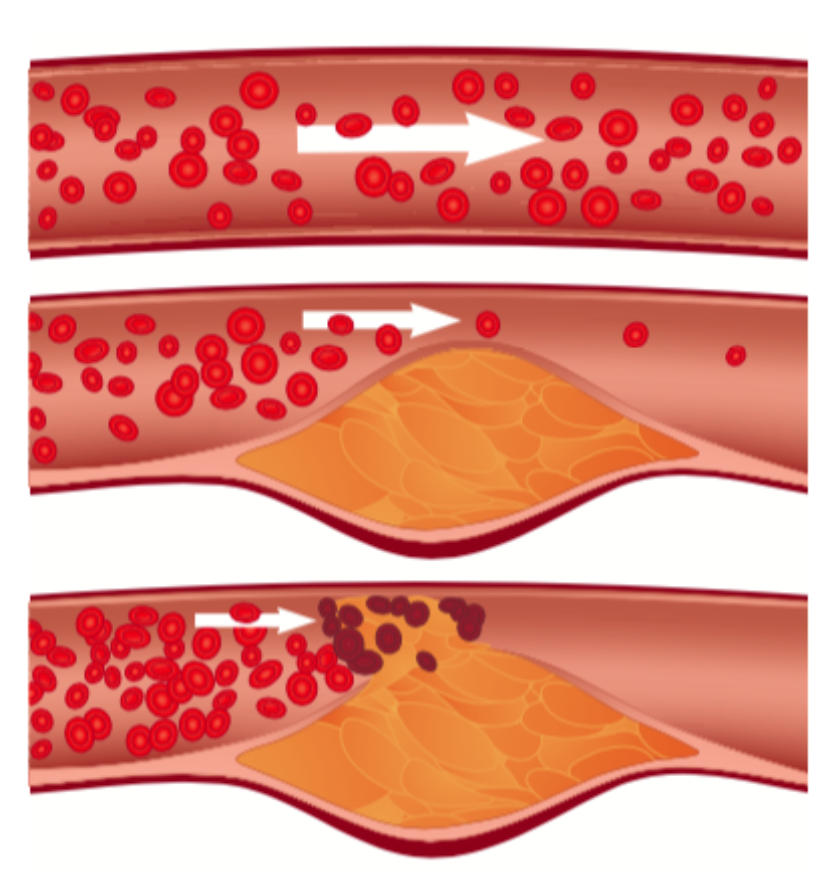In a multi-year study, USC researchers are partnering with researchers from around the country to use magnetic resonance imaging (MRI) to understand the long-term effect of statin drugs on the arterial blockages associated with atherosclerosis, the world’s leading cause of death and disability.
Patrick Colletti, MD, professor of radiology, Keck School of Medicine of USC and chief of magnetic resonance imaging (MRI), Los Angeles County (LAC)+USC Medical Center, and his colleagues are imaging the carotid arteries of atherosclerosis patients to compare the impact of a variety of cholesterol medications on plaque deposits that narrow and block arteries.

“It’s possible to conduct the research in the clinic, but it’s much harder. The SC CTSI Clinical Trials Unit provides a stable space for us to conduct this work efficiently.”
Patrick Colletti, MD – Professor of radiology, Keck School of Medicine of USC; chief of magnetic resonance imaging, LAC+USC Medical Center
Ultimately, the researchers hope to use this MRI approach to predict which patients will need more aggressive or different forms of therapy to reduce their risk of strokes and related problems. The SC CTSI made the study possible at USC with access to the SC CTSI CTU.
